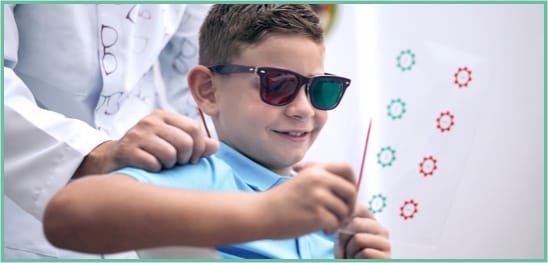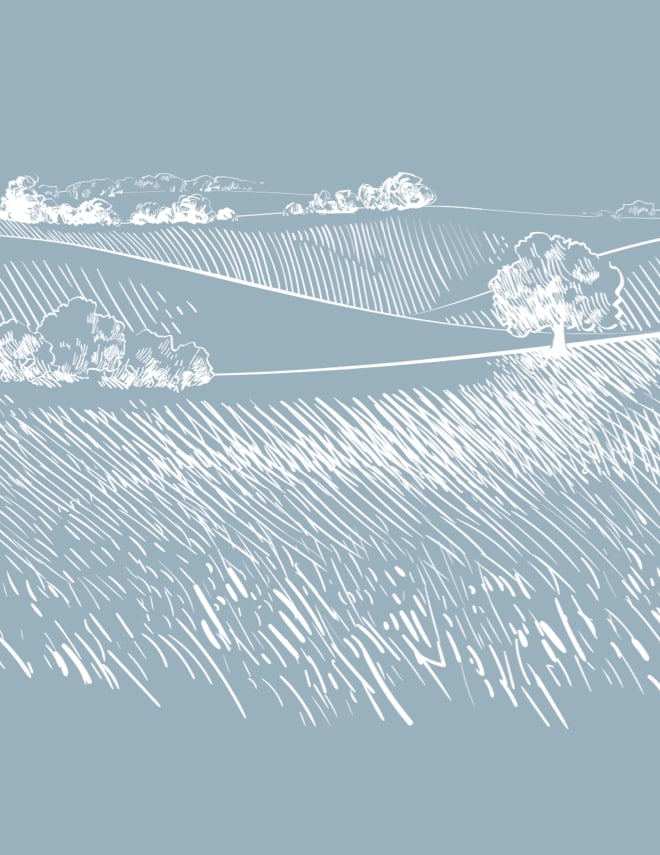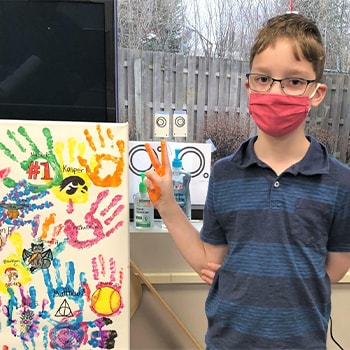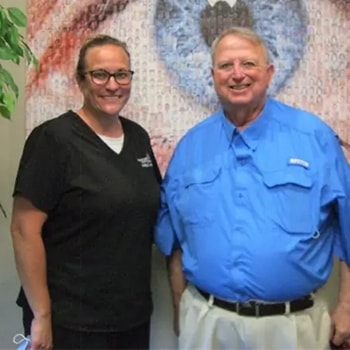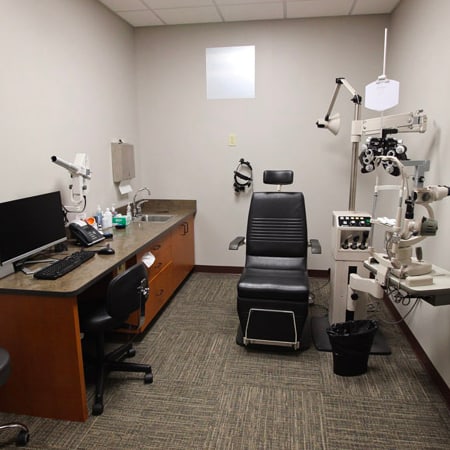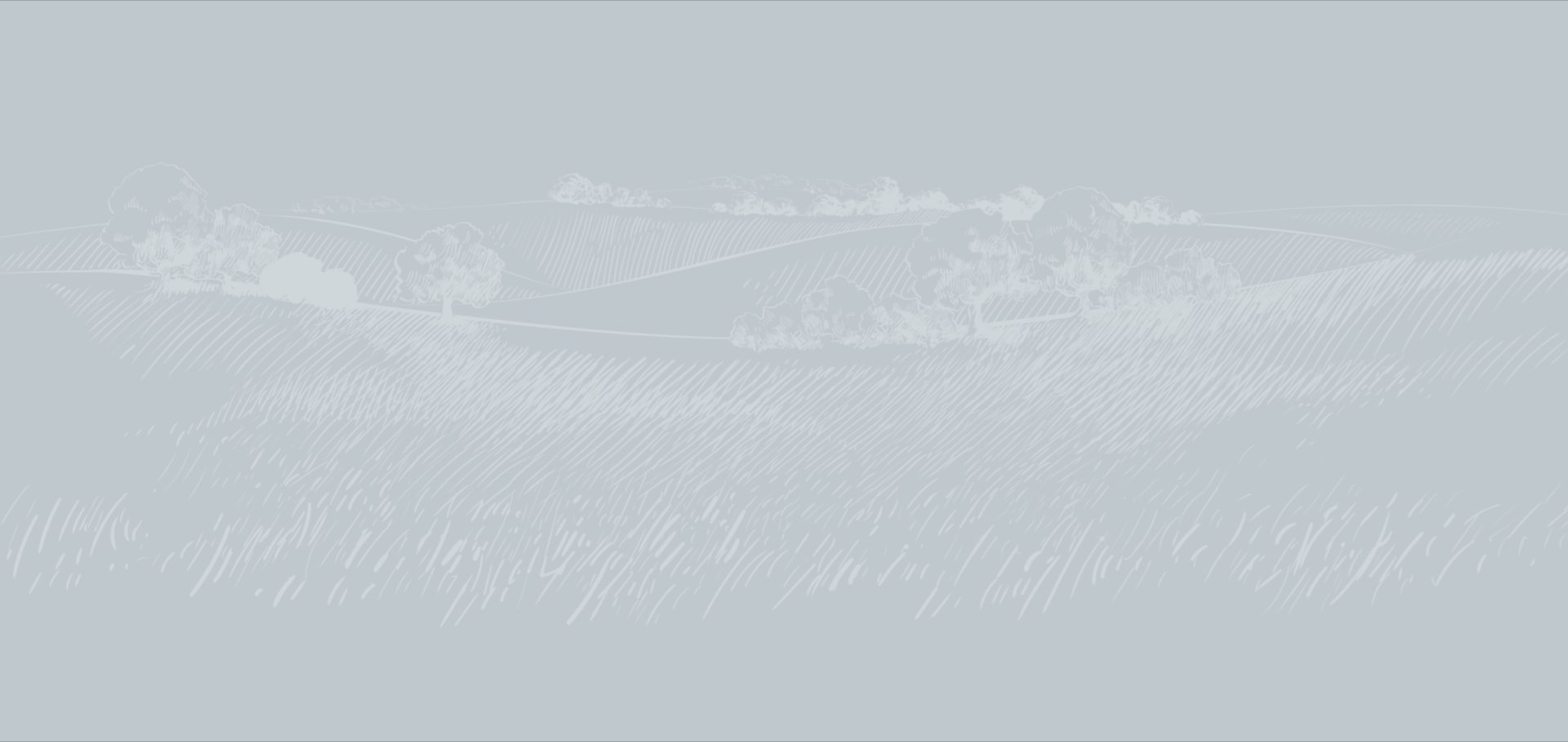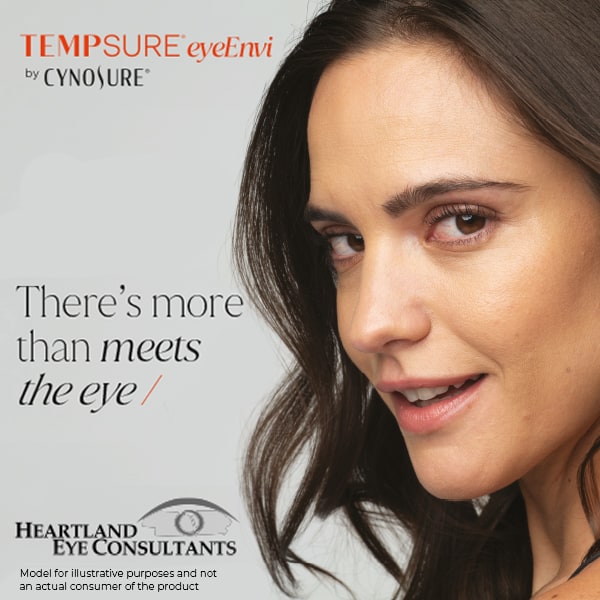“20/20” simply means that the person can identify a certain sized target at 20 feet that a “normal” person could identify at 20 feet. This is what we call visual acuity or EYESIGHT. An eye chart, usually with various letters or pictures for kids, is used to determine this number.
Eyesight is something that takes place in the eye. People wear glasses or contact lenses in order to improve eyesight or clarity of what they see. Light enters through the front of the eye and then an image is created on the retina. If the eye is not perfectly shaped, the image may not focus perfectly on the retina. In this case, glasses or contact lenses with typically provide a person with a clear image. This image is then transferred to the brain where VISION happens.
In contrast to EYESIGHT, VISION takes place in the brain. The brain receives the clear image and then VISION is the process of understanding and analyzing the image.
The brain automatically filters the information and determines what information is important and ignores the rest of the information. VISION can be both consciously or subconsciously processed. There are 3 basic questions the brain tries to answer from the information from the eyes:
“What is it?” used for identifying an object of interest, this process analyzes small details & colors. We use this process to identify words when reading or words on street signs.
“Where is it?” used for calculating how close or far something is. This information is important for knowing where the soccer ball is for you to kick or where your water bottle is sitting for you to grab.
“Where am I?” used for determining your body positioning. This may seem unnecessary for vision to process, but it allows you to walk straight on the side walk without having to consciously think about it or walk in the middle of the doorway without running into the door frame.
Vision is not only impacted by information coming in, but also by information we already know or expect to see.
You can probably see the image clearly (EYESIGHT), but can you see the cow? When first asked to identify the object in this picture, many people cannot see the cow! But now that you know what it is, you can go back and look at it and you will probably always be able to see the random array of black, gray, and white tones do actually look like a cow (VISION).
We see many patients that are told “You have 20/20 vision. You don’t need glasses.” What the doctor is really saying is, “Your eyesight is fine.” Even though is person may be able to see clearly they may have issues using both eyes together or processing the information which is when there is a VISION problem. When your child is having difficulty identifying a word or finding something on the page, think about the cow. They may see it perfectly clearly, but his or her brain may have difficulty processing that information.








